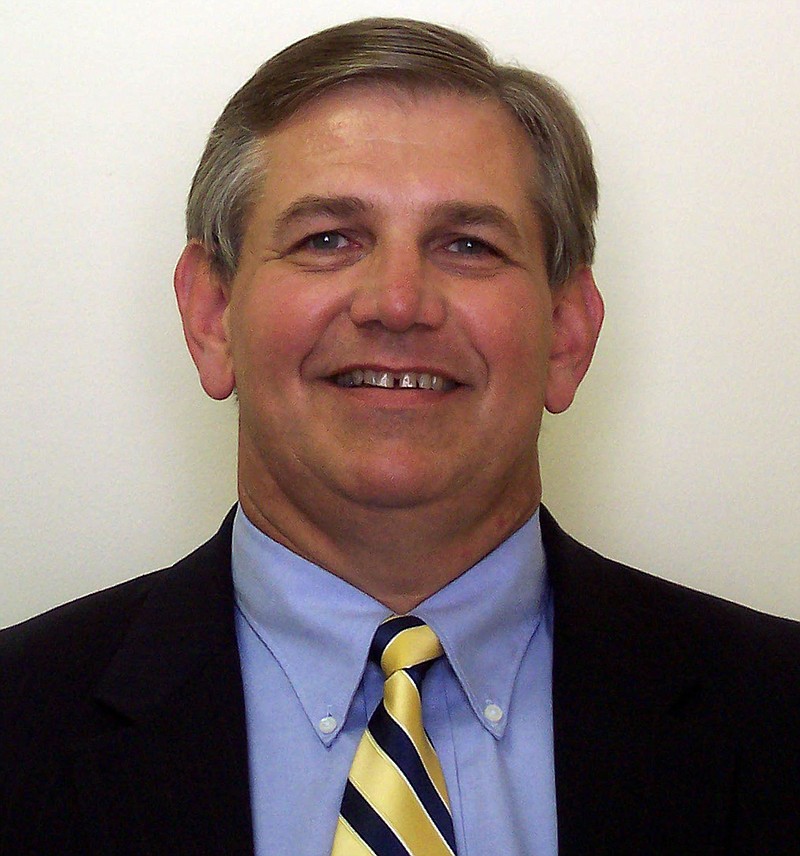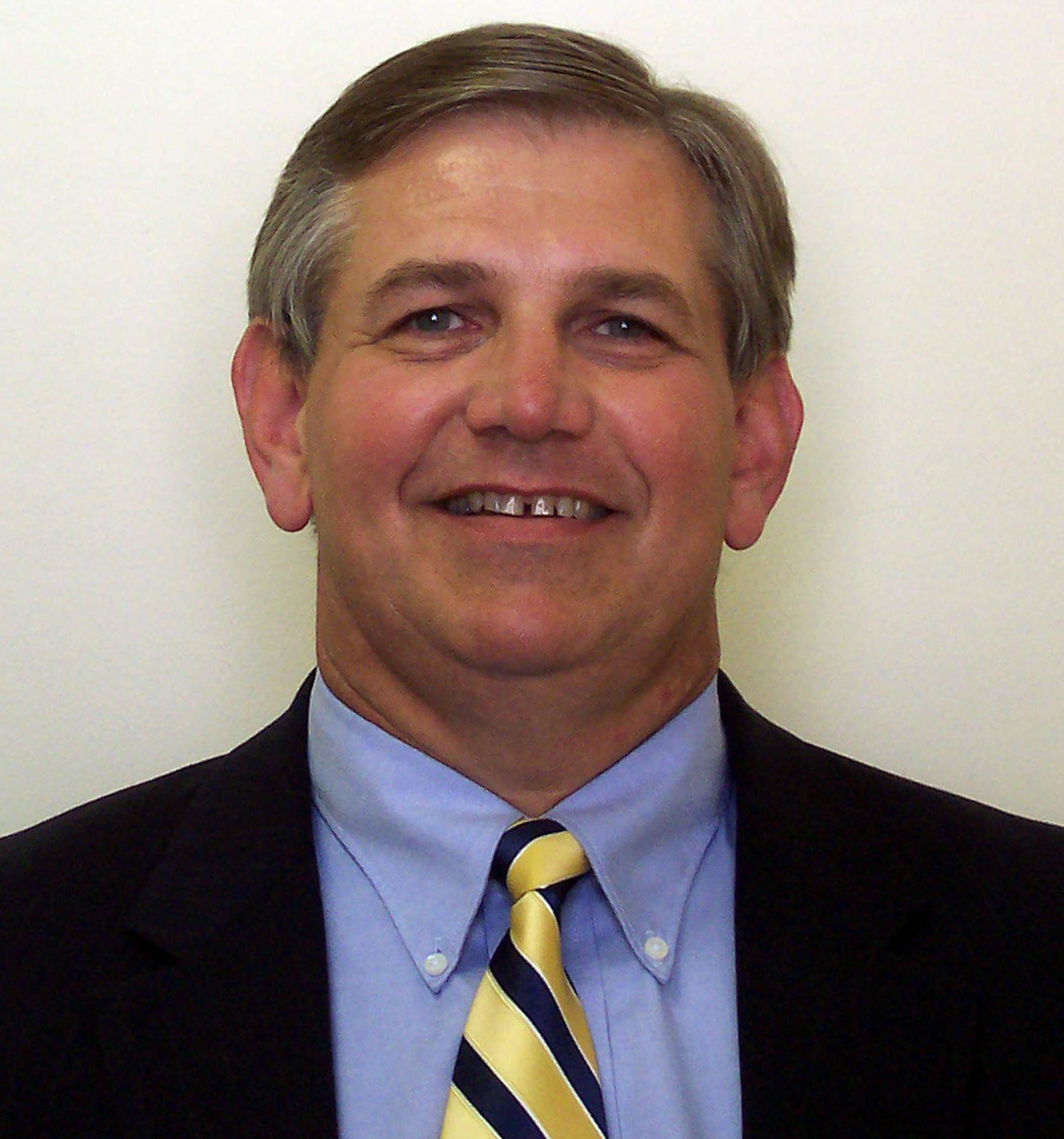Conventional wisdom holds that interest rates are destined to rise significantly over the next couple of years. When the 10-year Treasury yield surged two weeks ago, stock investors stampeded toward the exits, driving the major indices lower and reflecting concern that the ineluctable ascent of interest rates will strangle the bull market and eventually tip the economy into recession.
Rising interest rates are an inevitable consequence of a growing economy. But short-term rates are also a tool of monetary policy in the battle against future inflation. Expansions frequently come to an end in part as a consequence of rates rising beyond sustainable levels. Concerns are growing that we are entering another such episode as the Fed continues to raise rates in response to the potential inflationary spiral that seems always to be lurking just around the corner.
But a number of economists are musing on the possibility that significant additional increases in rates may not be necessary after all. This is not the consensus, but warrants consideration in light of structural shifts in the U.S. economy.
The Fed targets a specific benchmark called the Fed Funds rate, the price that banks charge each other to borrow excess reserve funds overnight. During the financial crisis, the Fed slashed the Fed Funds target to 0.25 percent in an effort to jump-start the economy and held it there until December 2015. Since then, they have incrementally nudged the rate to its current 2.25 percent. Most observers believe this is still below the theoretical level which is not to hot and not too cold. This so-called "neutral" rate is the balancing point which doesn't kill the expansion but is not overfeeding it either.
The Fed utilizes a model, known as the Taylor Rule, to estimate the neutral rate, currently somewhere between 5 and 6 percent by 2020. But Fed economists have increasingly recognized that some of the assumptions in the Taylor Rule need revision given certain developments in the economy.
James Bullard of the St. Louis Federal Reserve has proposed modifications to the formula based on three significant developments since John Taylor built his model in 1993.
First, short-term real (after inflation) interest rates have declined to near zero over the past decade. Investors in risk-free assets like Treasury bonds are basically content just to maintain their purchasing power and earn no additional real returns.
Second, the feedback mechanism between the real economy and inflation appears to be broken. It has long been observed that lower unemployment leads to higher inflation (the so-called Phillips Curve). This relationship has all but disappeared in recent years. Note that unemployment is near 50-year lows, but inflation remains stubbornly stuck below the Fed's target level.
Finally, our ability to accurately measure inflationary expectations in real time has improved significantly thanks to the advent of bonds sold by the U.S. Treasury that adjust for inflation (known as TIPS or Treasury Inflation Protected Securities). Economists can now directly observe the market's expectation of future inflation simply by watching the price of TIPS bonds.
Fed members generally have recognized some of these structural shifts and revised their estimates of the neutral rate closer to 3.5 percent next year. But applying Bullard's revisions yields a target of around 2 percent, slightly below the present Fed Funds rate. In other words, if Bullard is right, we are there already.
Again, this is not yet conventional wisdom. But if indeed rates don't have that much further to rise over the next couple years, it will be good news for stock investors to hear that the Fed isn't taking away the punch bowl just yet.
Christopher A. Hopkins, CFA, is a vice president and portfolio manager for Barnett & Co. in Chattanooga.

